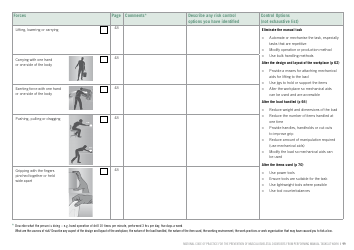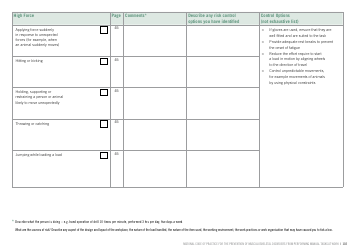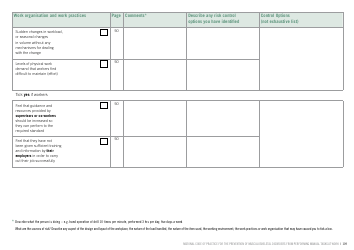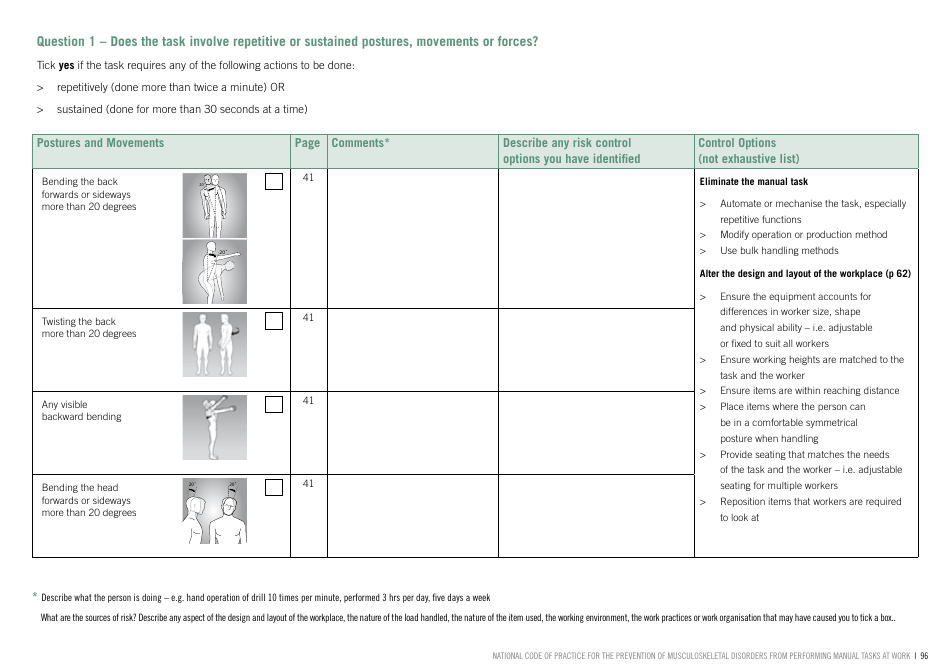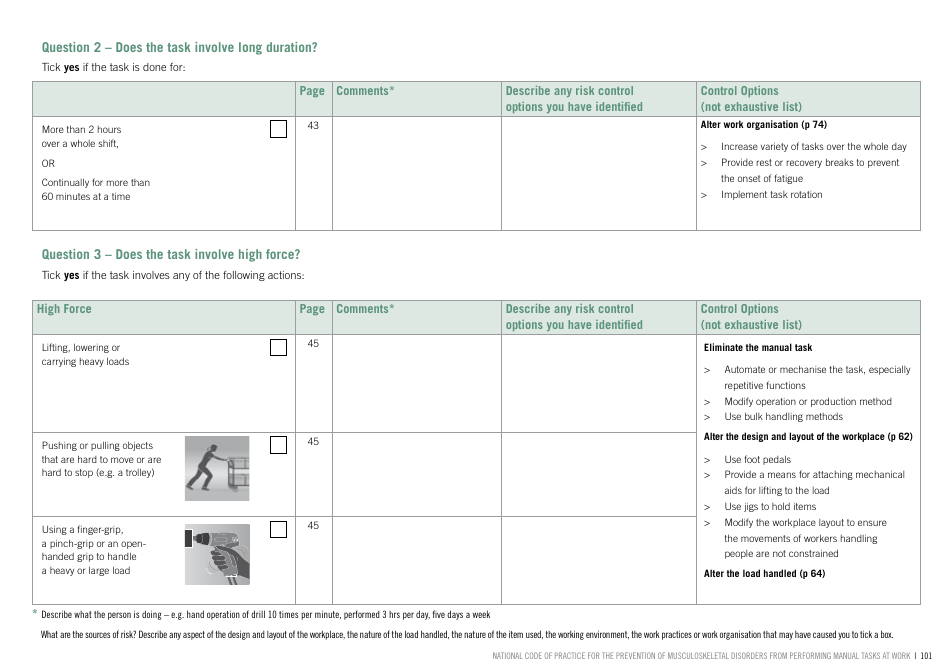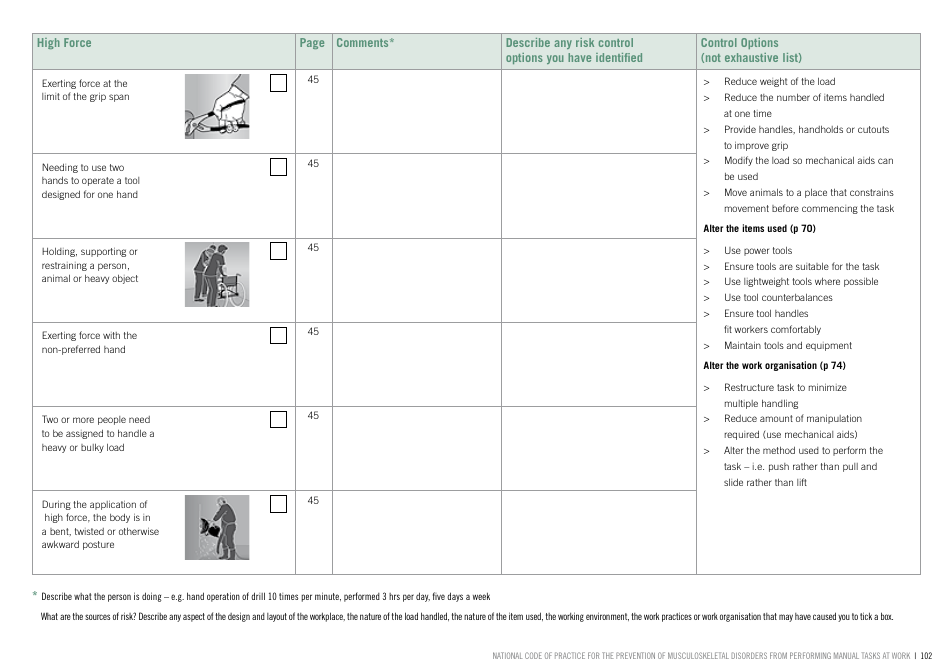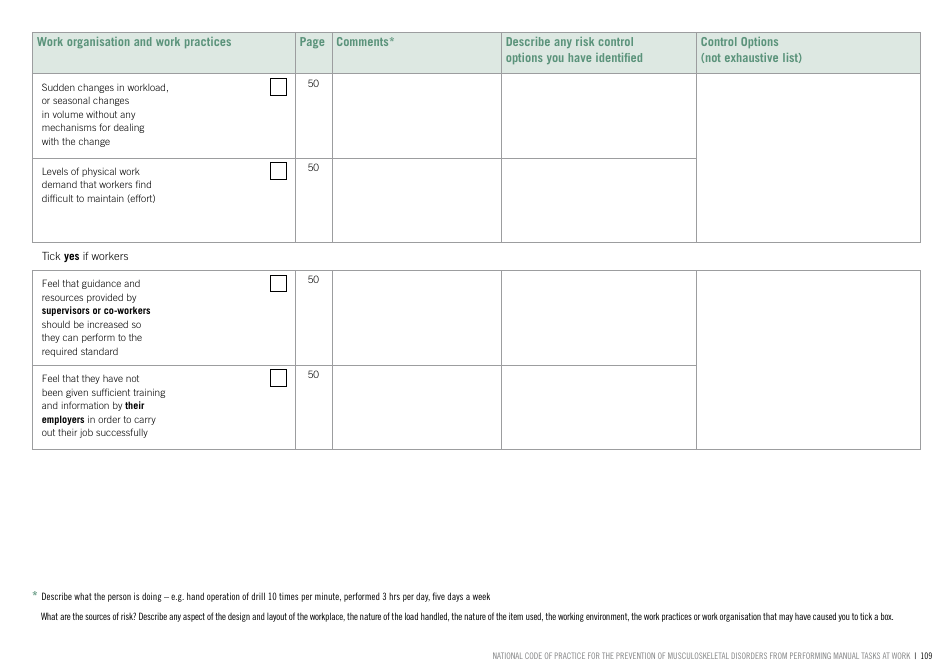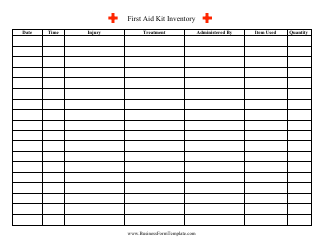Risk Assessment and Risk Control Form - Australia
The Risk Assessment and Risk Control Form in Australia is a document used to evaluate and manage potential risks in various situations. It is commonly used in workplaces, construction sites, and other settings to identify potential hazards, assess the level of risk associated with each hazard, and implement appropriate control measures to minimize the risks. This form helps organizations comply with health and safety regulations, ensuring the well-being of workers and others in the vicinity.
In Australia, the responsibility for filing the Risk Assessment and Risk Control Form can vary depending on the specific organization or workplace setting. Generally, it is the duty of the employer or the person in control of the business or undertaking to ensure that appropriate risk assessments are conducted and that risk control measures are put in place. These assessments and forms are typically retained within the organization for record-keeping purposes. It's important to note that specific regulations and practices may differ across different industries and states within Australia, so consulting with the appropriate workplace health and safety authorities or legal experts is advisable for precise information in a particular scenario.
FAQ
Q: What is a risk assessment?
A: A risk assessment is a systematic process of identifying potential hazards or risks in a particular environment or situation.
Q: Why is risk assessment important?
A: Risk assessment is important because it helps to identify and evaluate potential hazards and risks, allowing for the implementation of appropriate control measures to reduce or eliminate the likelihood of accidents, injuries, or damage.
Q: What is risk control?
A: Risk control refers to the measures or actions taken to mitigate or eliminate the identified risks or hazards.
Q: What are some common methods of risk control?
A: Some common methods of risk control include implementing safety protocols and procedures, providing appropriate training and education, using protective equipment, and regularly inspecting and maintaining equipment and facilities.
Q: Who is responsible for conducting a risk assessment?
A: In Australia, employers and business owners have a legal obligation to conduct risk assessments to ensure the health and safety of workers and others within their premises or work environment.
Q: Are there any specific regulations or standards for risk assessment in Australia?
A: Yes, Australia has specific regulations and standards related to risk assessment and workplace health and safety. The main legislation governing workplace health and safety is the Work Health and Safety Act 2011, along with various codes of practice and regulations.
Q: How often should risk assessments be conducted?
A: Risk assessments should be conducted regularly, especially when there are significant changes in the work environment or when new hazards are identified. It is important to review and update risk assessments as necessary to ensure they remain accurate and effective.
Q: Can risk assessments help to reduce insurance costs?
A: Yes, conducting regular risk assessments and implementing appropriate risk control measures can help to reduce the likelihood of accidents, injuries, and damage, which in turn may lead to lower insurance premiums.





